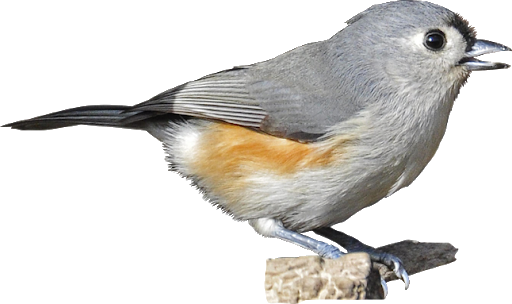Who?
The first step in this design process is determining who the “target audience” is. Birds local to Wake County will be the main user of this product. There are many different species of birds that live within the borders of Wake County some of which include The American Robin, The Tufted Titmouse, and the Carolina Chickadee. The American Robin is one of the most popular birds seen across the United States and is often found within grass. The Tufted Titmouse could be the main user of this product as they are known to commonly use bird feeders. The Carolina Chickadee may also be popular user as they are often found in mixed flocks with the Tufted Titmouse.
